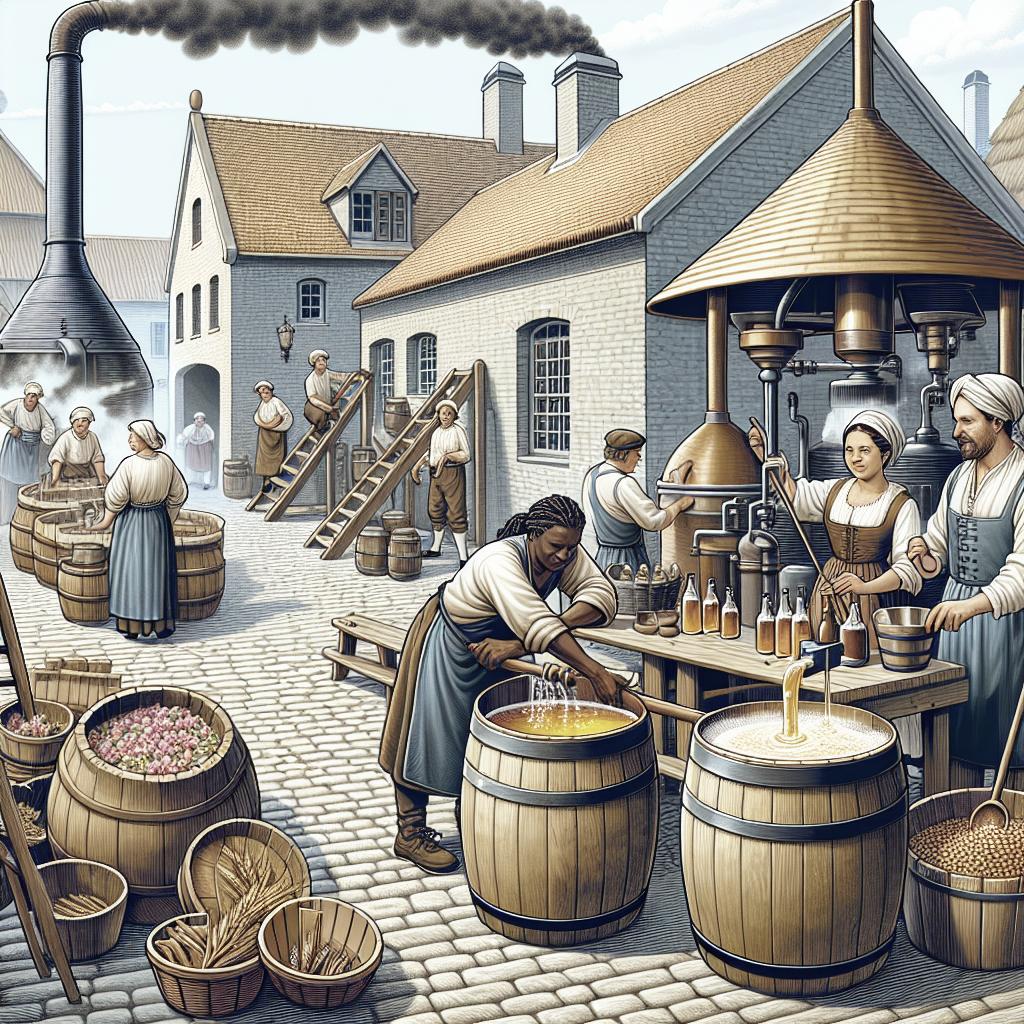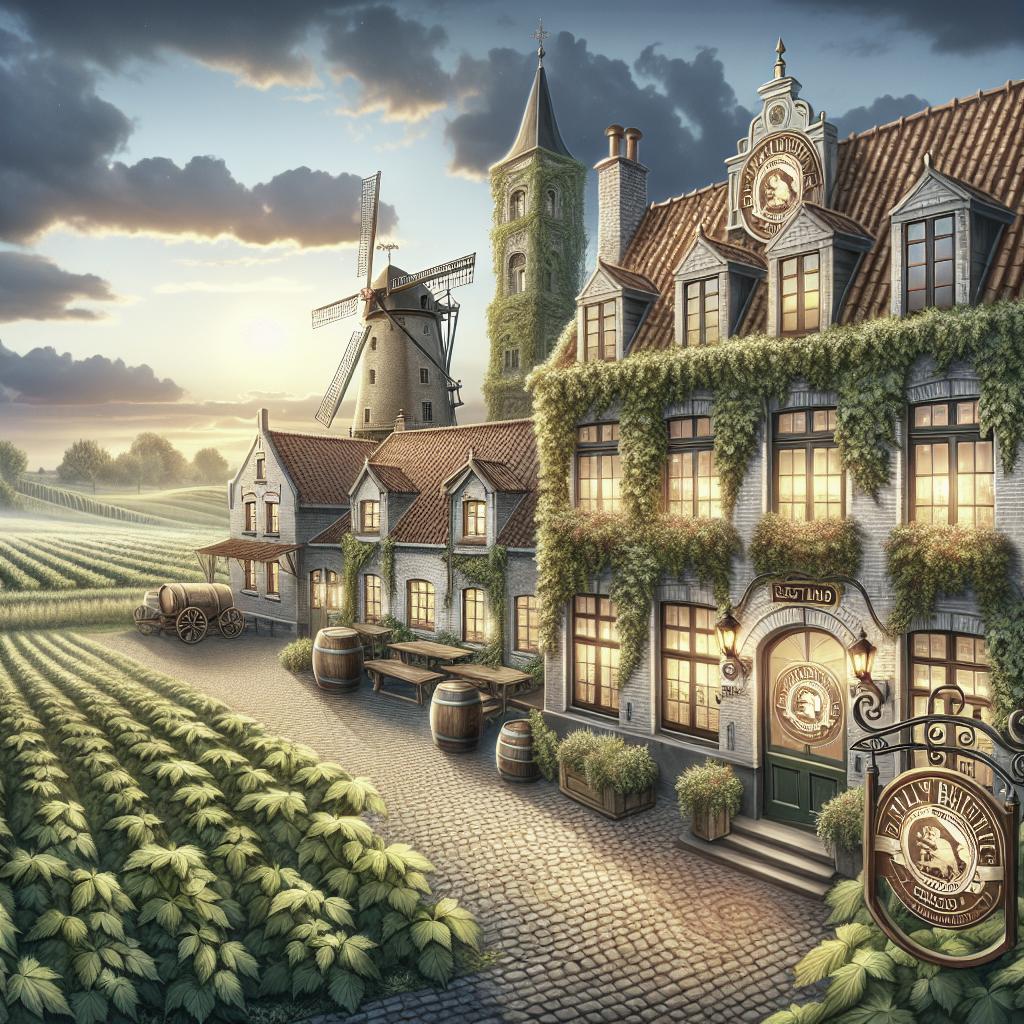“`html
Exploring Historical Brewing Techniques in Belgium
Belgium is often considered the heartland of unique beer styles and revered brewing traditions. With a rich heritage that spans centuries, Belgian brewing techniques are as diverse as the country’s culture itself. From meticulously crafted lambics and saisons to the finesse of Trappist ales, Belgian brewers have mastered age-old practices that continue to influence modern beer-making. This blog post delves into the historic techniques that have cemented Belgium’s status as beer royalty. We’ll journey through time to understand the evolution of brewing methods and gain insights into the legacy that Belgian brewers are preserving even today.
Situated in Time
The origins of Belgian beer date back to the Middle Ages when monastic brewing was at its height. Monasteries were pivotal in developing traditional brewing practices, acting as key centers where beer was crafted not just for sustenance but also as a source of economic support. These establishments perfected brewing techniques, laying the groundwork for many styles we recognize today.
Throughout history, Belgian brewing has evolved in response to various cultural, political, and technological influences. The late 19th and early 20th centuries, for instance, saw a wave of industrialization, bringing new machinery and methods that transformed local brewing processes. Yet, despite these changes, a strong emphasis on traditional methods persisted, distinguishing Belgian beers from their contemporaries and contributing to their global acclaim.
Getting the Gist
Central to Belgium’s brewing pride are its spontaneously fermented beers, notably lambics. This ancient technique involves exposing the wort to wild yeasts and bacteria native to the region, fermenting beer through natural microbial action rather than cultivated yeast strains. Such processes not only underscore the timeless artisan tradition but also produce beers with complex, multi-layered flavors that are difficult to replicate outside Belgium.
Equally noteworthy are the saisons—a style originating from farmhouse brewing where beer was brewed during cooler months for preservation and consumed throughout the year. Saisons often featured rustic ingredients like barley, oats, and spelt, creating a versatile beer profile that adapted through seasonal variations. This adaptability showcases Belgian brewers’ ingenuity and commitment to embracing regional resources.
Follow EU Today on social media
Stay connected with EU Today to discover more about European traditions, including Belgium’s brewing heritage. Follow us on our social media channels to keep up with our latest articles and insights:
Leave a Comment Cancel Reply
We invite you to share your thoughts and experiences related to Belgium’s brewing history. Have you tried any traditional Belgian beers, or visited a historic brewery? Leave a comment below to join the discussion and connect with fellow beer enthusiasts. If you wish to retract your contribution, you can cancel your reply easily:
Lessons Learned
| Historical Period | Key Brewing Technique | Significance in Belgian Beer |
|---|---|---|
| Middle Ages | Monastic Brewing | Foundation of renowned beer styles; supported by monasteries |
| 19th-20th Century | Industrialization | Integration of new machinery; preservation of traditional methods |
| Modern Times | Spontaneous Fermentation (e.g., Lambics) | Captures regional flavors; distinguishes Belgian beers globally |
| Modern Times | Farmhouse Brewing (e.g., Saisons) | Seasonal adaptability; highlights Belgian innovation |
“`


